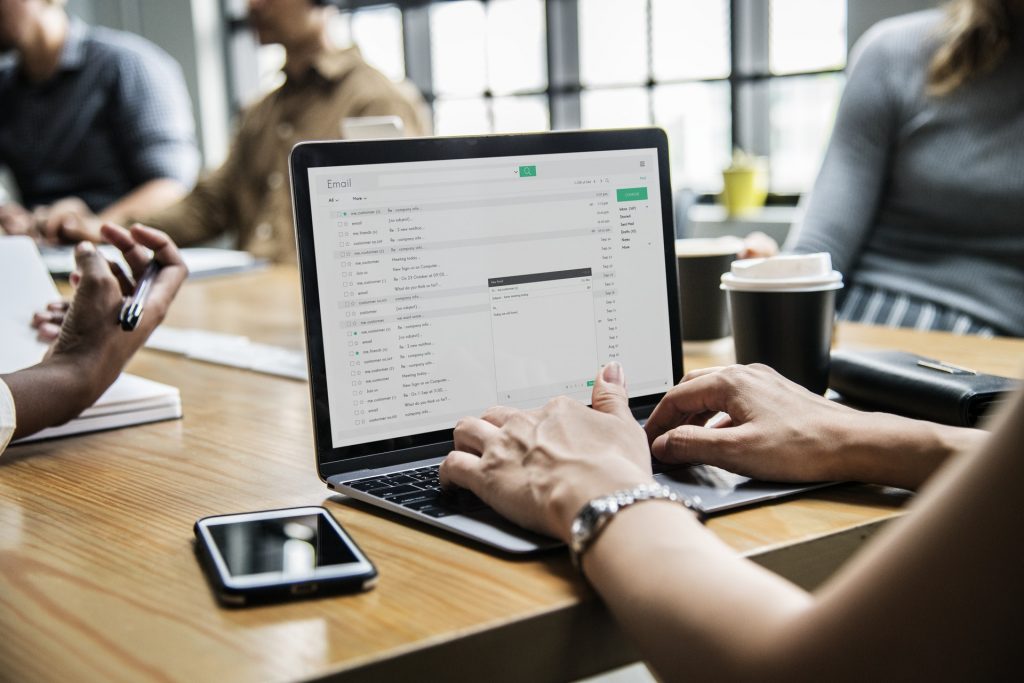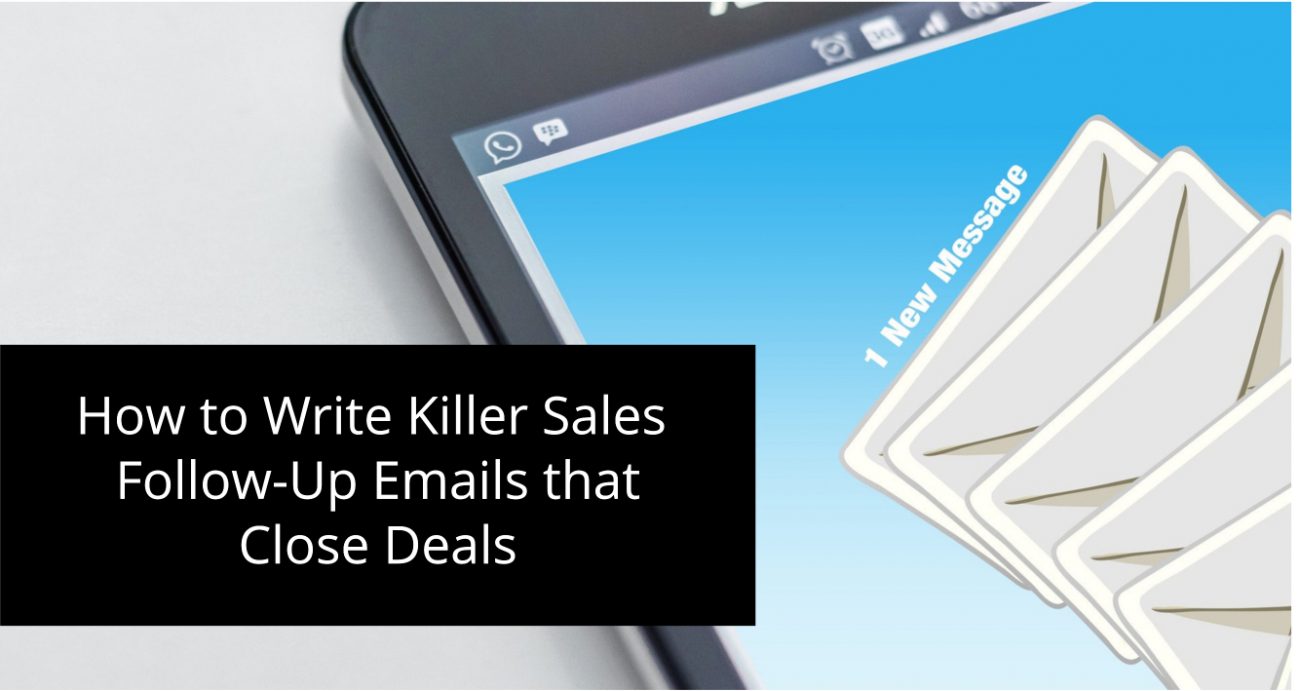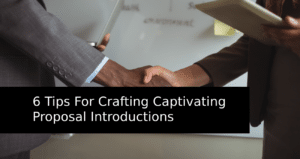In a perfect world, marketers would advertise their product or service and the consumer would automatically return to make the purchase when they’re ready.
However, in the real world, the opposite is true. If you don’t follow-up with your prospects, then there’s a high chance they’ll move on to a competitor who does.
It takes about 8 calls for a salesperson to reach a prospect. And about 50% of sales occur after the 5th follow-up call or email.
Yet, the average sales rep only makes two attempts to reach a prospect.
What’s more, is that 75% of online buyers want to receive 2-4 calls before a company gives up. And another 12% want companies to try as many times as it takes to get a hold of them.
Needless to say – your business must follow-up with prospects. And what better way to do so than with email? After all, email receives 2x more sales returns than cold calling.
But how you go about writing these emails is critical since roughly 33% of email recipients open emails based on the subject line.
So let’s take a look at how you can write killer sales follow-up emails that convert.
Write Emails that Are Intriguing, Not Annoying
The goal of any email is to get the attention of the recipient so that they open it. The second goal is to get them to respond or take an action.
So the last thing you want to do is come off as annoying. For instance, you don’t want to flag your emails as a high priority. Surely, your email isn’t urgent and by marking your email as a high priority, it’ll come off as arrogant.
The best way to get the attention of your audience is to write a subject line that’s personalized, relevant, and attention-grabbing.
Also, you want to be mindful of your prospect’s time. Don’t spam them with several follow-up emails in a short period of time. This will only upset them and cause them to mark your emails as spam.
Timing is everything so don’t send out your follow-up email too soon. Choose a day of the week they’re least likely to be busy.
And last, make it easy for the recipient to respond (or act). Don’t send a long-winding email. Keep it short, simple, and concise.
Make sure the call to action is visible. If you want them to visit a site, then make the link visible. Or if you want them to call you, then place your number (and make it clickable for the mobile users).
Get the Timing Right
When you send your emails is important for getting recipients to open them. If you send it at a time when they’re busy, then you risk them pushing off your email until later. And then forgetting all about it.
At this rate, your emails will end up unopened and in the trash.
But how do you know the perfect time to send out your emails? It all comes down to who you’re emailing. Many studies reveal that mid-week is the most effective time to send business emails.
As for the time, late morning tends to get the best result.
However, it’ll require a bit of experimentation to see what works for your target customers. You may find that Friday evenings are the best with your core audience.
It’s also recommended that you send your first follow-up email within 24 hours of speaking with a prospect.
Ensure Your Email is Well-Written
There’s nothing worse than reading a poorly written email. Not only does it make a bad impression – it leaves a bad taste in their mouths.
Chances are, they’re going to ignore your emails or worse – click the spam button.
There are way too many tools you can use to help ensure your emails are well-written. For instance, you can use Grammarly, which you can install into your browser to check anything you write on the web, including your emails.
Another option is to have a writer handle all of your business emails. To boost efficiency, you can even create an email template and implement a CRM to manage all of your contacts.

Don’t Sell – Talk About the Benefits
No one likes to be sold to, not even business professionals. But what they do like to hear about are the benefits they can witness by using your product or service.
A lot of businesses make the mistake of boasting about their company and the features of the products or services it sells. However, this isn’t what email recipients want to hear about.
They care about what your product or service can do for them specifically. This is what makes personalization key. If you know your recipient, you can tailor the email for them.
For instance, you can include information on the product or service that could help them resolve a problem they’re currently battling with.
And what’s even better is if you can include results-based benefits. In other words, prove the effectiveness of your product or service.
A couple of examples:
- Our CRM helps executives save 15 hours a week on average.
- Our customers see an ROI within the first month of using our service.
- You can save an average of $6,000 per month within the first three months.
Come up with the stats and the template that would best suit the prospect you’re reaching out to.
Warm Up Before Making a Sell
It’s easy to fall into the habit of selling all the time, but you won’t do much of that if you’re not making a human connection with your prospects. This is why it’s essential to warm up your leads before making a hard sell.
So at the beginning of the email, you should warm up the prospect by building rapport. For example, if you reached out to them on LinkedIn and see you two went to the same university or have a degree in the same major, you can start off with mentioning that.
Or if you were referred to them by a mutual friend, then use that as a common ground.
It’s also good to use friendly language, such as “Hi” rather than “Hello” or “Dear”.
Also, always use the recipients’ first name instead of their last.
End it Off with a Powerful CTA
If you don’t ask your prospects to take action, chances are they won’t. Leaving out your call-to-action is asking for recipients to read your email and disappear – never to be heard from again.
So unless you want that to happen, you need to end off your email off with a question or request. What makes a question a good ending is that it entices the recipient to reply.
You can also ask to schedule a five-minute call. This is a lot more plausible than requesting a 30-minute call. It’s less intimidating and doesn’t demand a lot of time from their busy schedule.
And if they follow through with scheduling the call, you can use this as a gateway to request an in-person meeting or longer consultation call.
Examples of Follow-Up Emails
It’s good to have a strategy for your follow-up emails. This should include timing when you send out the first correspondence and when to send out subsequent emails.
Let’s say you recently met a prospect and are ready to follow up a few days later.
In this email, you can do a recap of your meeting or call. What this does is refreshes their memory and many appreciate it. In some cases, it coaxes them to respond.
In the subject, you can say something like “Quick question about our call on Tuesday.”
Then follow this with something like:
“Hi {First Name}, I wanted to follow up with you about our call. During our conversation, we discussed {what you discussed}. Based on this info, I think we could help you {benefits you can offer that you discussed}.
When you can, take a look at the attached notes.
Are you able to get on a call for 5 minutes to discuss the benefits?
{Your Signature}
But what happens if this doesn’t work? If no one responds, then you can follow-up with another email. This time around, you can include a review from a similar customer.
In the subject line, you can put something like “What {Customer Name} thought…
Then in the body of the email:
“Hi {First Name}, I’m just reaching out to you about {insert details from initial email}.
Take a look at what {customer name} thinks about our product/service.
{Include a snippet of a review from a customer similar to the recipient}.
Can we talk for five minutes within the next couple of days?
{Your Signature}
Following Up Like a Pro
You’re a great salesperson so why not step up your game with a better follow-up strategy? An email is a powerful tool because everyone uses it on a daily basis.
It’s non-invasive and allows prospects to reach out to you. There’s nothing like selling to warm leads!
Hopefully, this guide helps you to improve your strategy for following up with prospects via email.
Let us know in the comments about how these tips help improve your follow-up email techniques!




